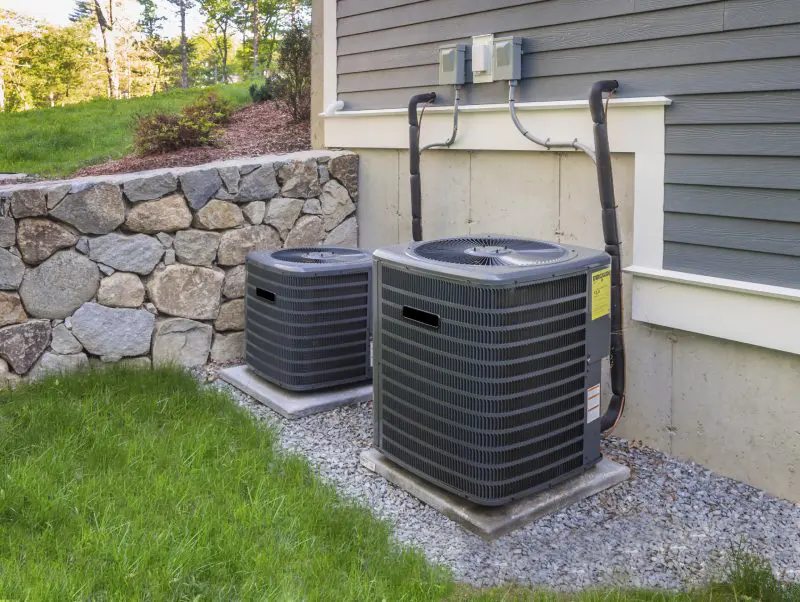
Suffering from allergies or asthma can be aggravating. Just when you think your symptoms have subsided, something triggers an attack, and you’re soon battling watery eyes, sneezing, or breathing issues. Reducing allergy and asthma symptoms in your St. Cloud, Florida, home starts by refreshing your bedroom, removing carpeting, and using an appropriate HVAC system air filter.
Give Your Bedroom a Makeover
Have you been looking for a good reason to give your bedroom a makeover? Now you have one, and it has a twofold benefit. Not only will you have your bedroom looking better than before, but you can also reduce your allergy and asthma symptoms.
You’ll want to start by adding covers to your bedding, such as the pillows, mattress, and box spring. Wash these covers at least once a week in hot water to kill dust mites. If you have feathered bedding manufactured with synthetic materials, you’ll need to replace it with an allergy-resistant material.
Remove Carpeted Flooring
Having plush carpet to walk on may seem like a luxury for your feet, but with allergies and asthma, this type of flooring material can be an extreme trigger. Carpeted floors are a haven for dust and dirt, both of which can aggravate allergy and asthma symptoms. Many experts agree that you should replace any carpet with allergy-friendly materials, such as hardwood or laminate. If you use area rugs in rooms with hardwood or laminate flooring, you’ll need to wash the rugs at least once a week in hot water.
Opt for Allergy-Friendly Window Coverings
One of the best ways to create an aesthetic appeal in any home is to add window coverings, such as drapes and shades. Unfortunately, though, many window coverings are not friendly to allergy and asthma sufferers. Thanks to today’s vast market of window coverings, you can easily find materials that are both friendly to allergy sufferers and aesthetically appealing. No matter what materials you choose, however, window coverings are another item in the home that you’ll need to wash in hot water once a week to minimize allergy and asthma symptoms.
Close Windows and Doors
Having a breeze blowing through your home is a way to reduce heating and cooling expenses. However, outdoor air can easily aggravate your symptoms, especially during times when the pollen count is high. To reduce the possibility of pollen making its way into your home, keep windows and doors closed during peak allergy season.
Use an Appropriate HVAC System Filter
You’ve probably heard that using a HEPA filter in your HVAC system works effectively to trap indoor allergens. Even though this point is true, you need to take into account that many older HVAC systems are not designed to work with a HEPA filter. You need to check your system’s manual to learn whether you can use this type of filter. If you can’t, you can still reduce allergens in the home by using a filter specifically designed to trap small particles of dust and debris. You’ll have to change this filter at least once every 30 to 60 days.
Get Tested for Triggers
Getting tested for allergy and asthma triggers is one of the smartest decisions you can make. By knowing your triggers, you can remove them from the home. Consider an allergy test that reveals whether you are allergic to pet dander. If you have indoor pets, you can take appropriate action to limit your exposure to them, such as leaving them in a part of the house where you don’t come into contact with them at all times.
Even if you limit your exposure to your pets, you’ll still need to make sure you wash all clothing worn by any members of your household who touch them. Ideally, you can have someone else wash the clothing so that you don’t come into contact with the pet dander.
If you would like to learn more about the various ways you can reduce allergy and asthma symptoms in the home, contact a member of our Del-Air Heating and Air Conditioning team. Visit our website or give us a call at 888-831-2665.
Image provided by Shutterstock






